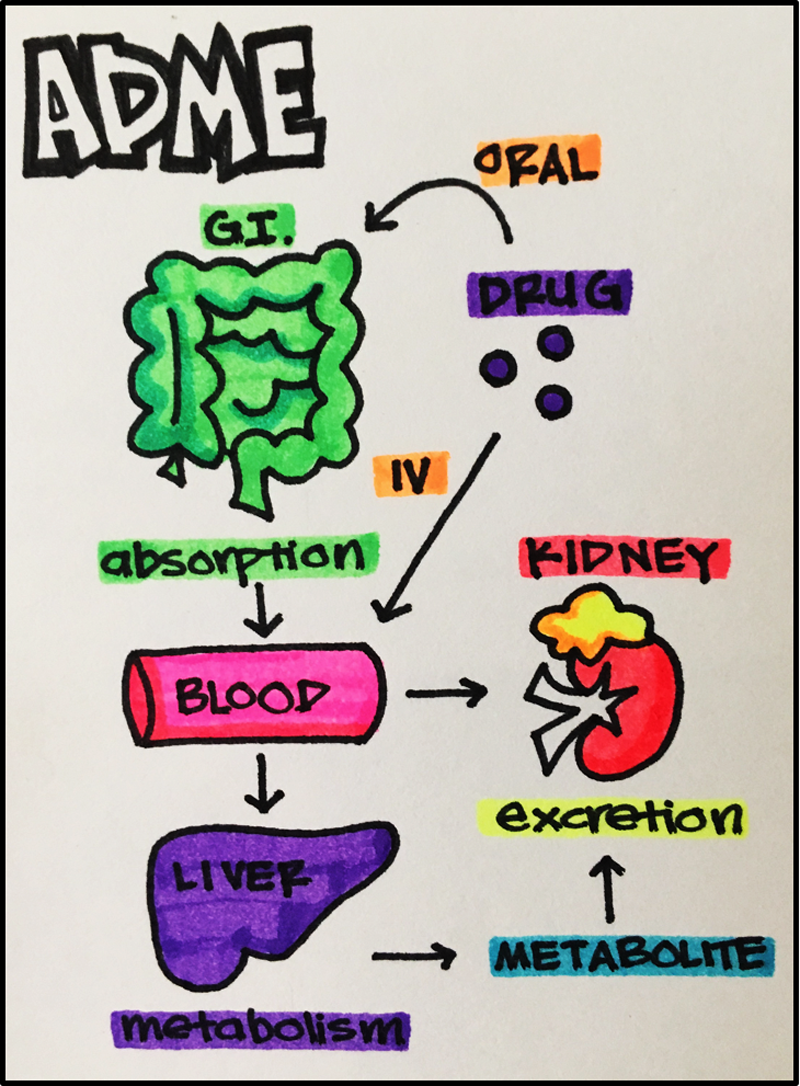Main Body
1. Introduction to Pharmacology
Pharmacology: the study of interaction of drugs with living systems.
Sub-Disciplines of Pharmacology
- Pharmacodynamics: effects and mechanisms of drug action
- Drug-Receptor Interactions
- Dose-Response Relationships
- Signal Transduction
- Pharmacokinetics: movement of drug throughout the body including:
- Absorption
- Distribution
- Metabolism
- Excretion
- Pharmacogenetics: genetic factors play a role in the following:
- Rate of Drug Metabolism
- Drug-Induced Toxicity
- Drug-Induced Allergies

Pharmacology and the Pharmacist
Key Questions you should be asking as a Pharmacist:
- Where is the molecular site of action?
- What are the body function changes caused by a drug (pharmacodynamics)?
- What is the relationship between the Dose vs. Effect?
- How does a drug produce its effect?
- What is the fate of the drug once it enters the body (pharmacokinetics)?
- What is the interplay between genetic makeup and drug response?
Example: Beta 1 Blocker: Metoprolol Succinate (oral)
Drug Action: selective binding to cardiac muscle beta 1 adrenergic receptors that respond to norepinephrine (at higher doses, also inhibits bronchial and vascular smooth muscle by acting on beta 2 adrenergic receptors) to inhibit the binding of norepinephrine.
Drug Effect: reduced inotropic effect (contractility) and chronotropic effect (heart rate)
Fate of the Drug (pharmacokinetics): 12% protein binding and distribution 5.6 L/kg: hepatic metabolism (CYP2D6 mainly): <5% renal excretion: t1/23-7 hours




